International Trade Analysis of India: Economic and Political Factors
VerifiedAdded on 2021/06/17
|15
|843
|77
Report
AI Summary
This report provides an analysis of India's international trade, focusing on its emergence as a rapidly growing economy and attractive investment destination. It examines India's GDP growth, political and economic influences, socio-cultural and technological factors, and national resources that contribute to its competitive advantage. The report also delves into foreign currency and exchange influences, India's existing trade policies, systems, barriers, and incentives, including the Foreign Trade Policy (FTP) and various export incentives. It highlights the existing levels of Foreign Direct Investment (FDI) in India and provides recommendations for investment, particularly in the real estate sector, considering the depreciation of the Indian Rupee. The report references key sources and data, offering a comprehensive overview of India's economic landscape and its role in international trade.
1 out of 15
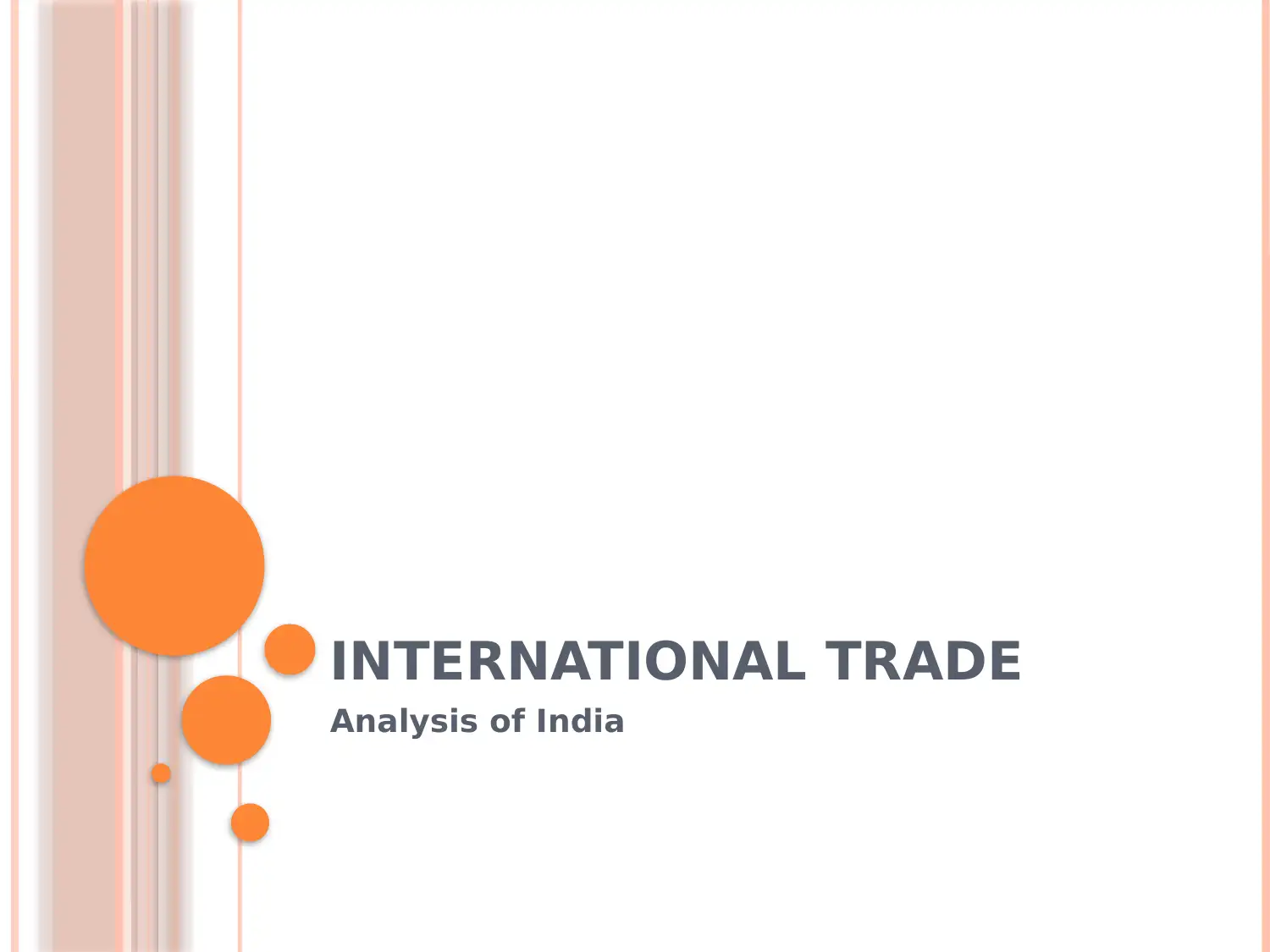
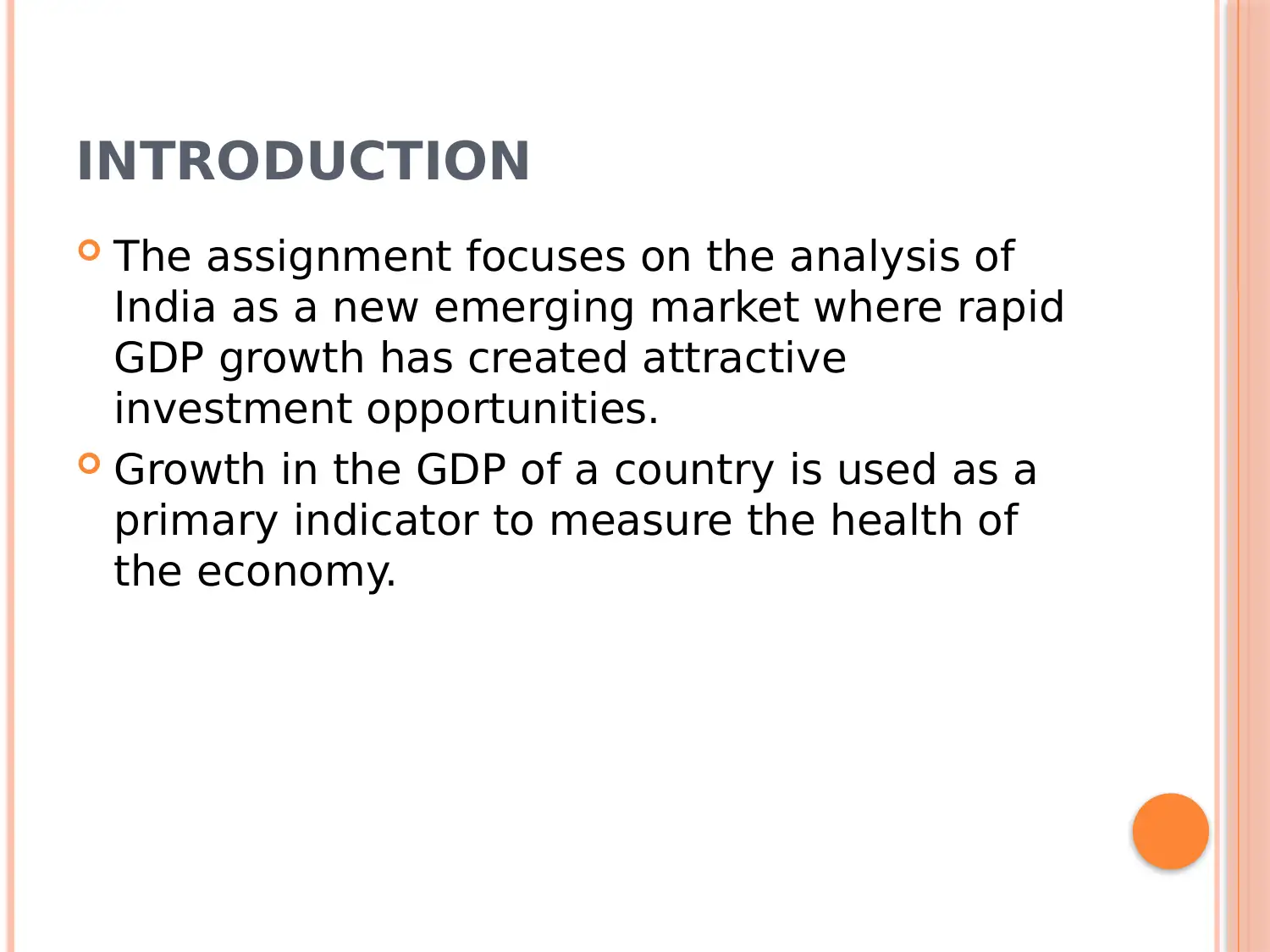
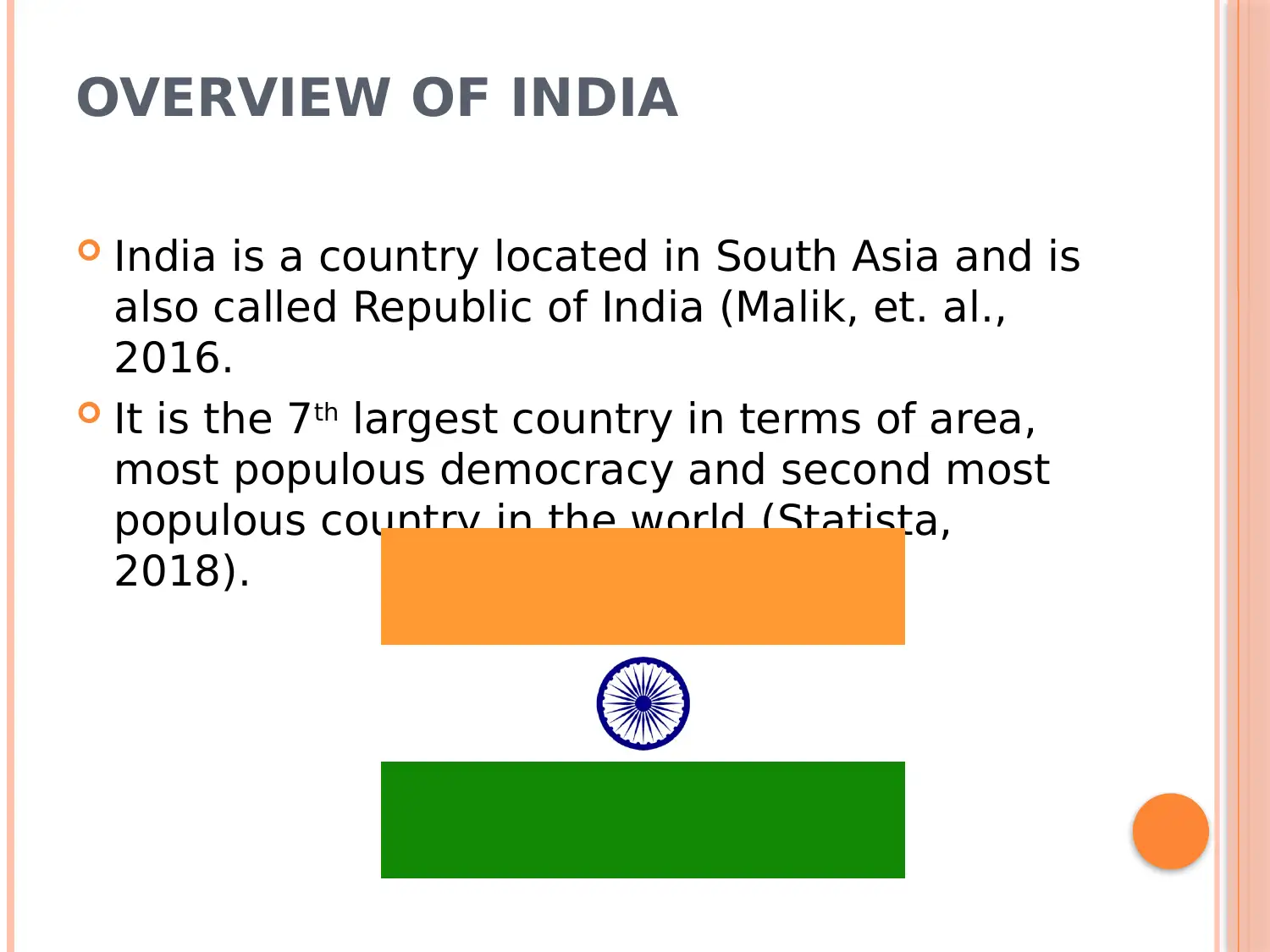

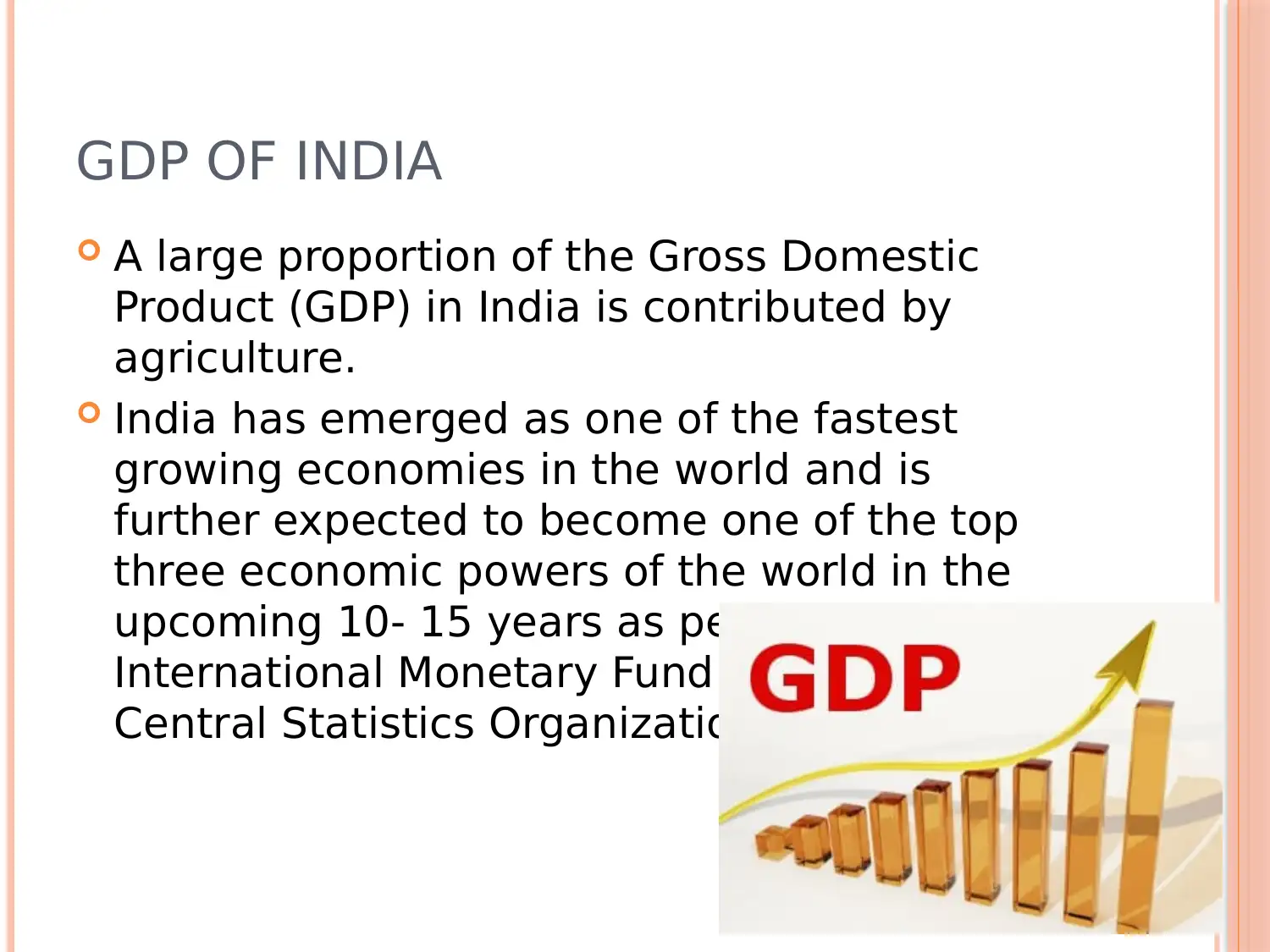
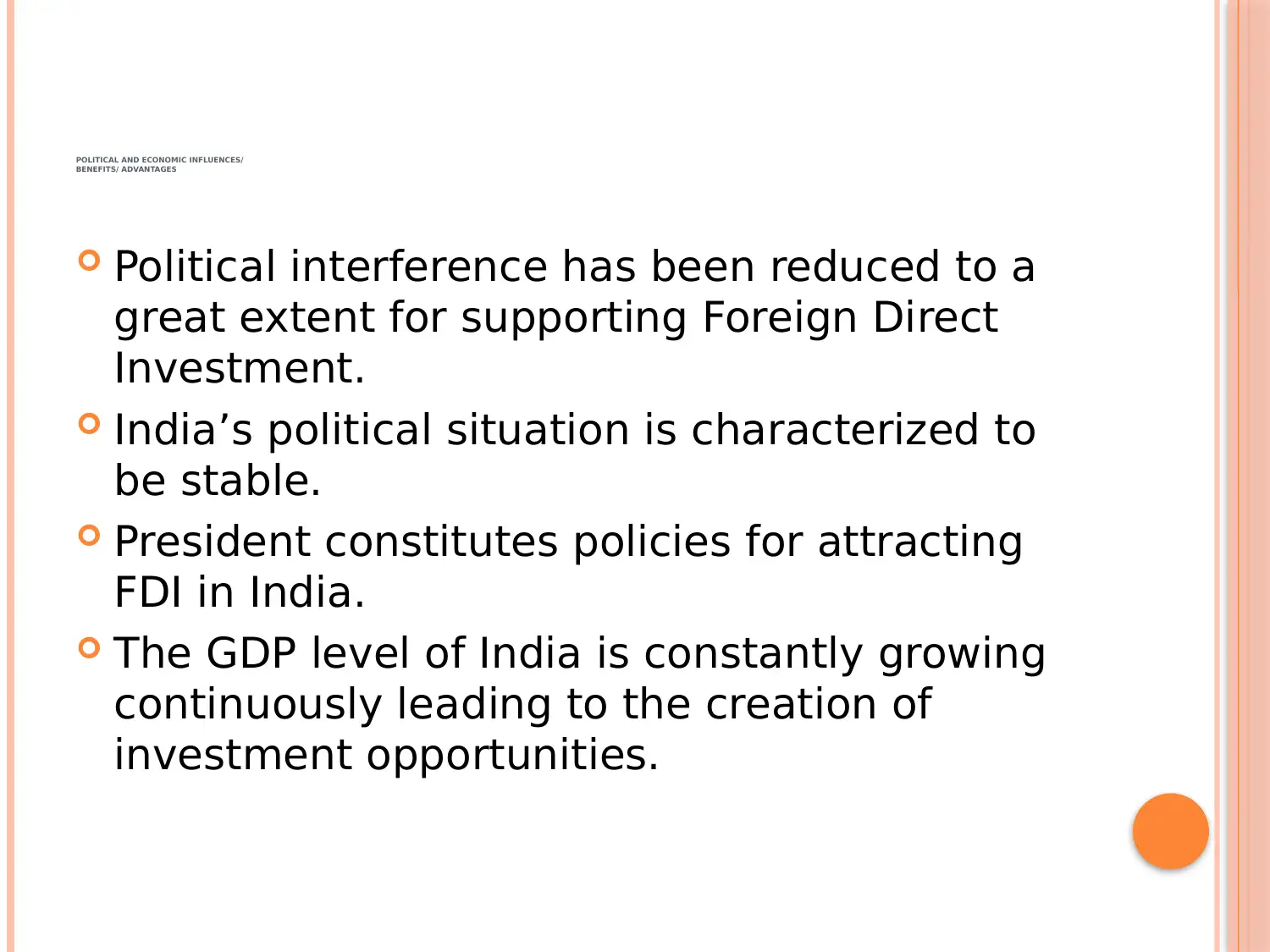
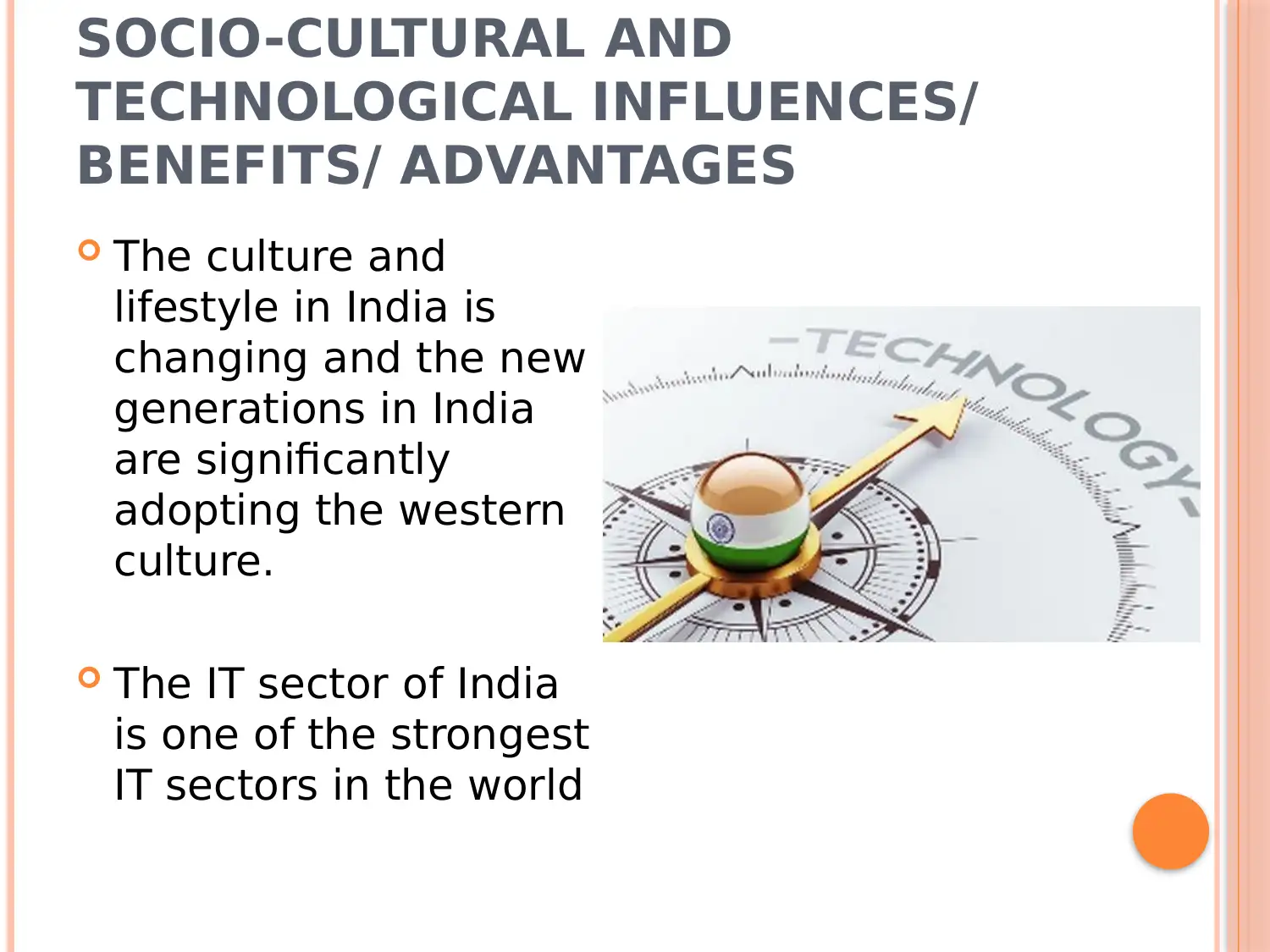
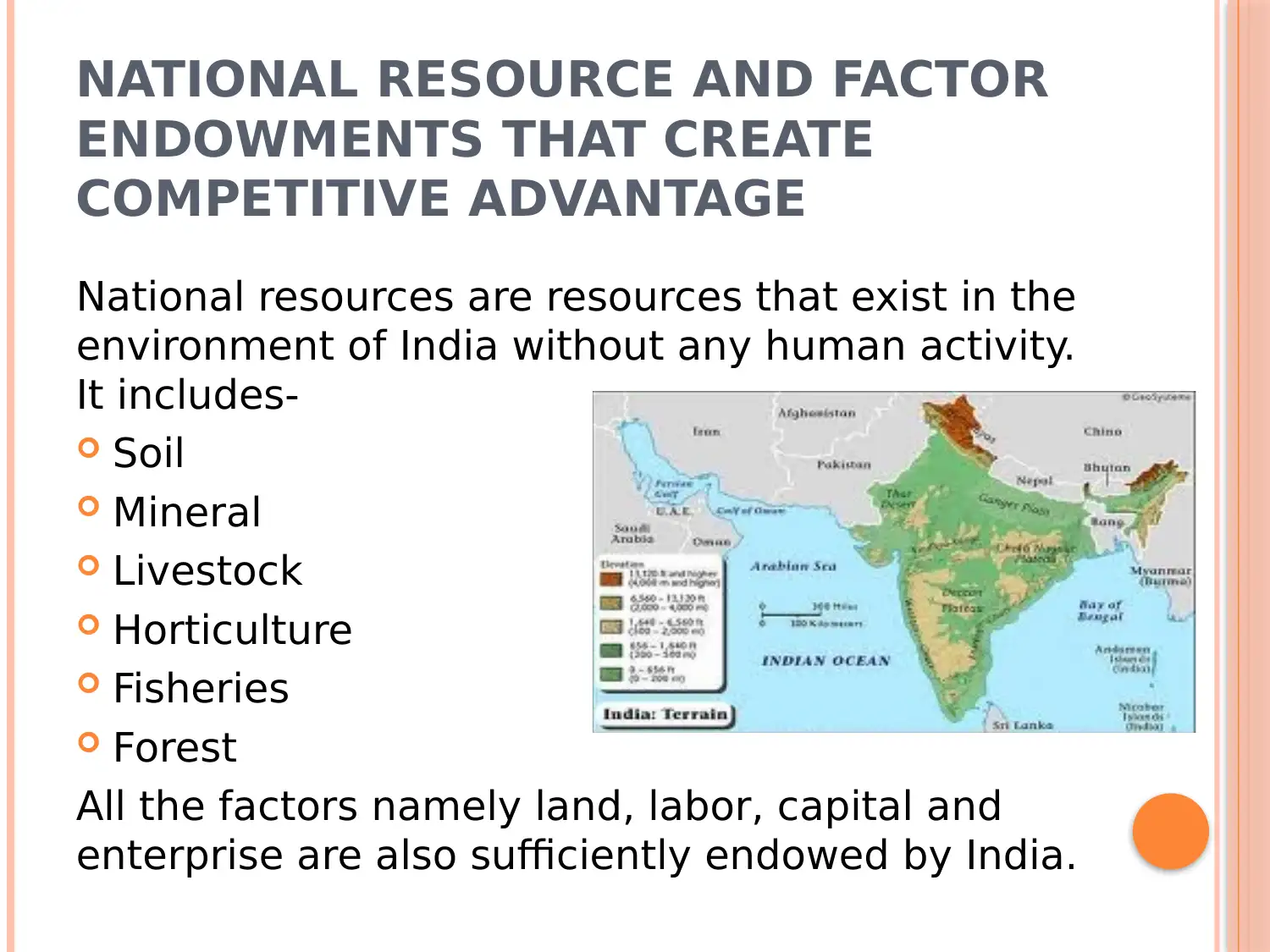
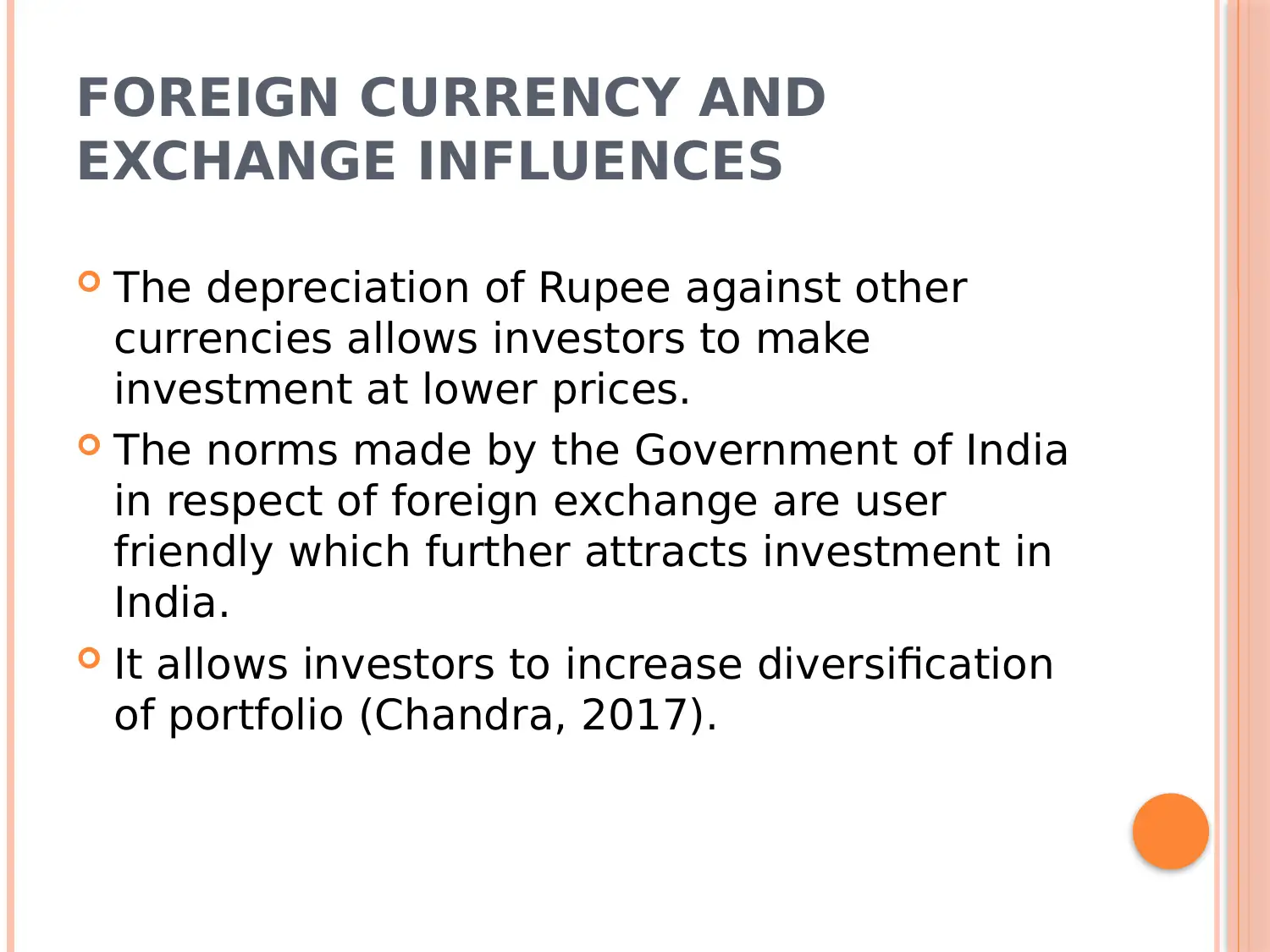
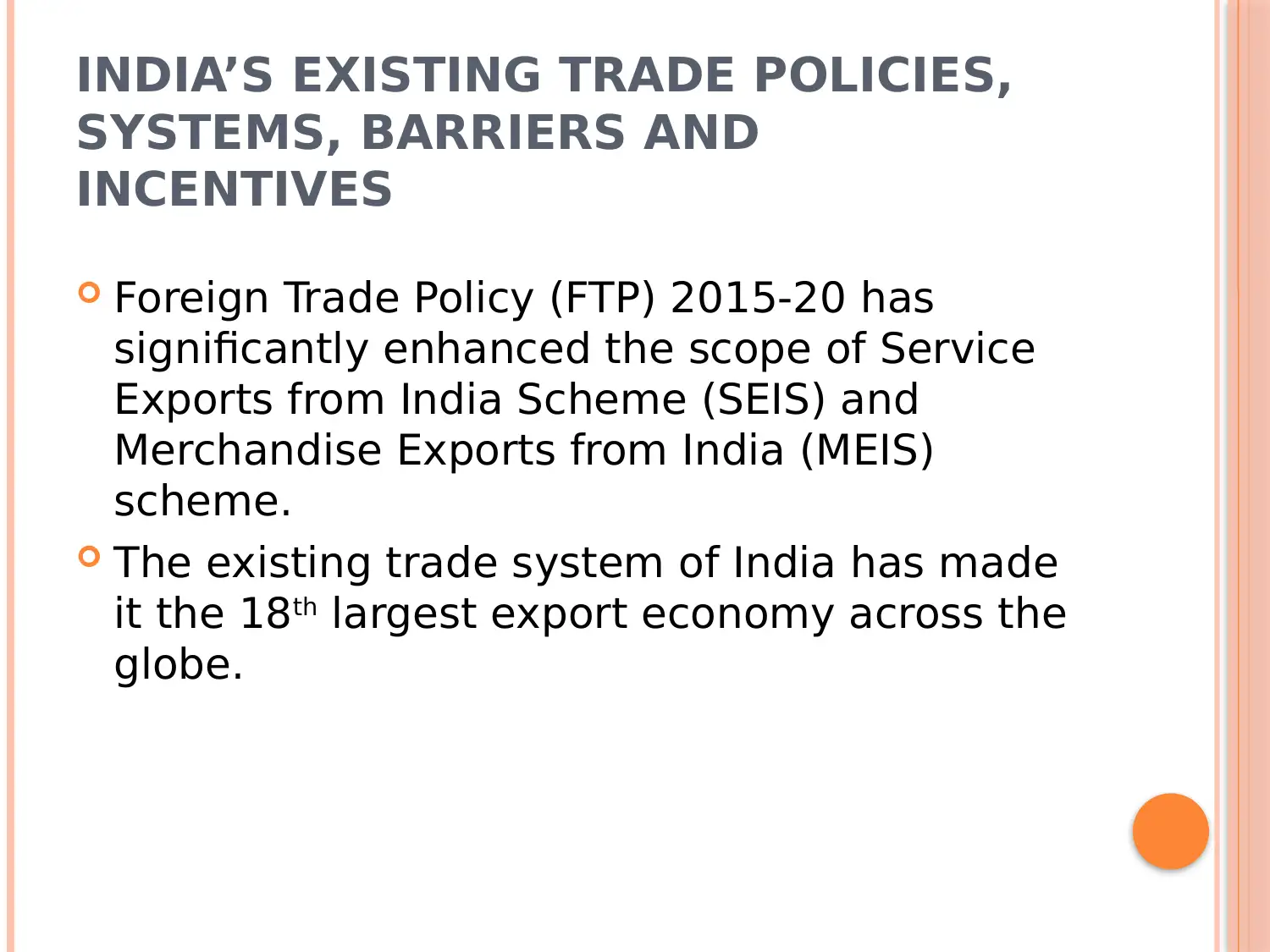
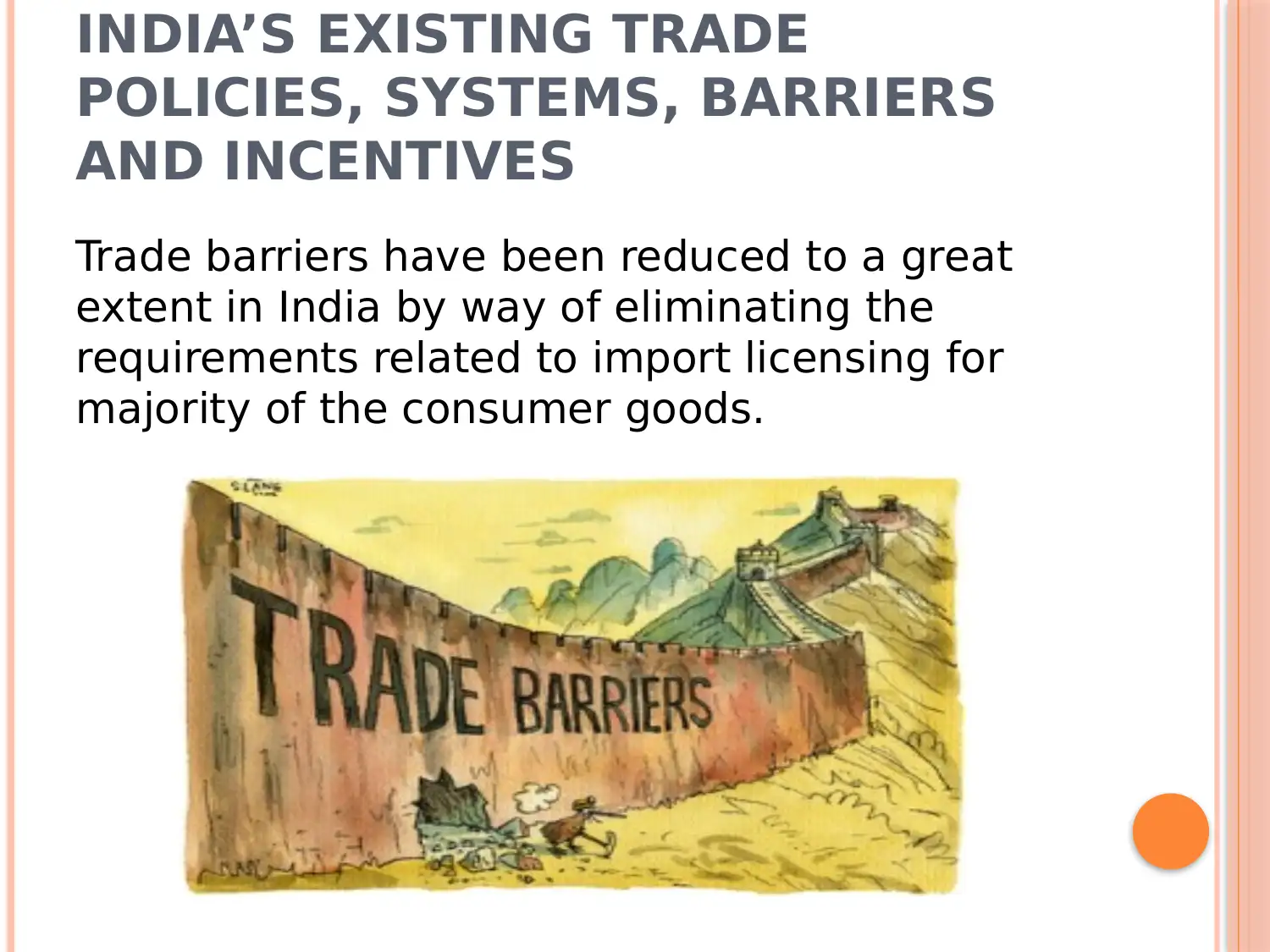
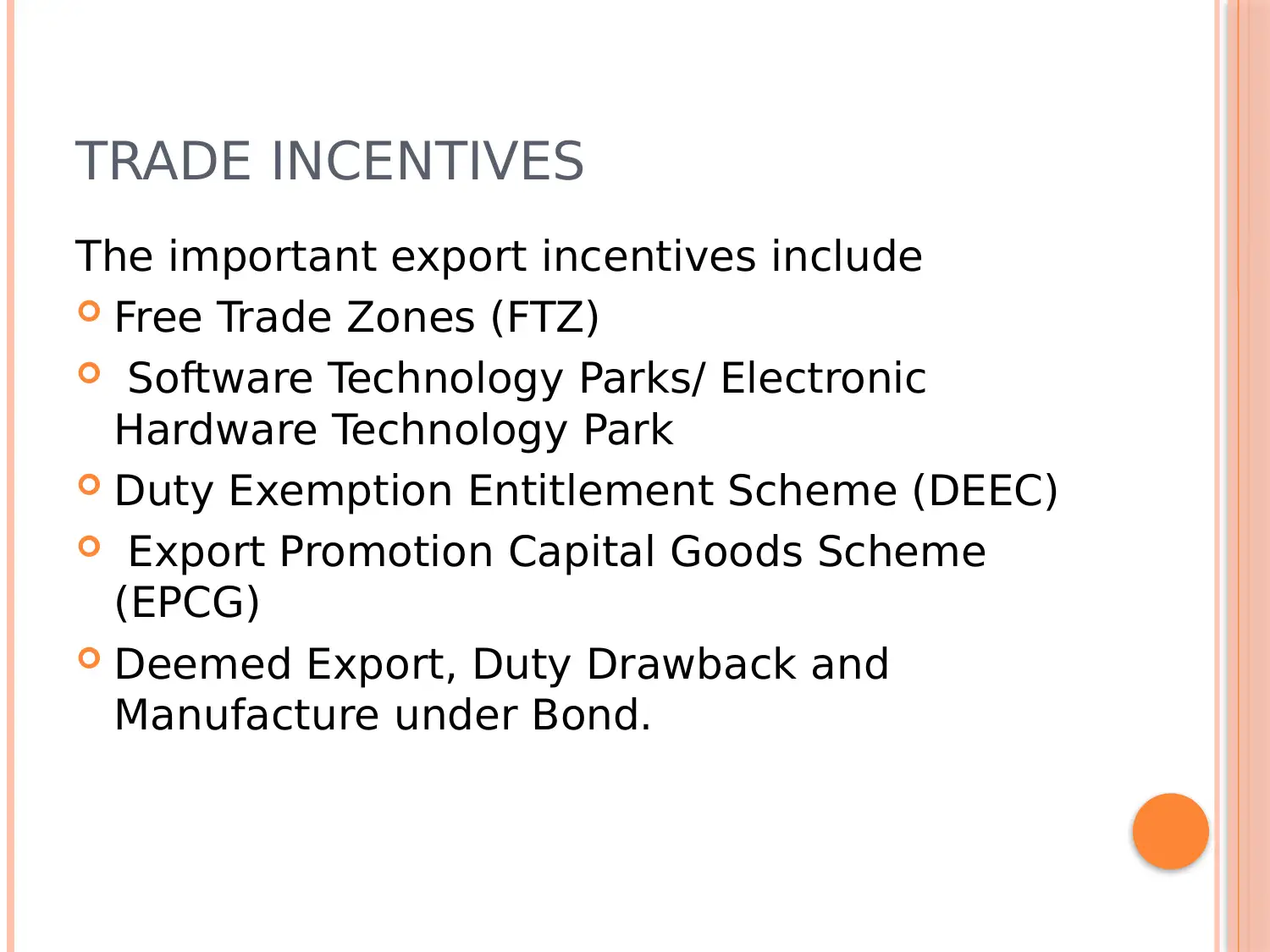
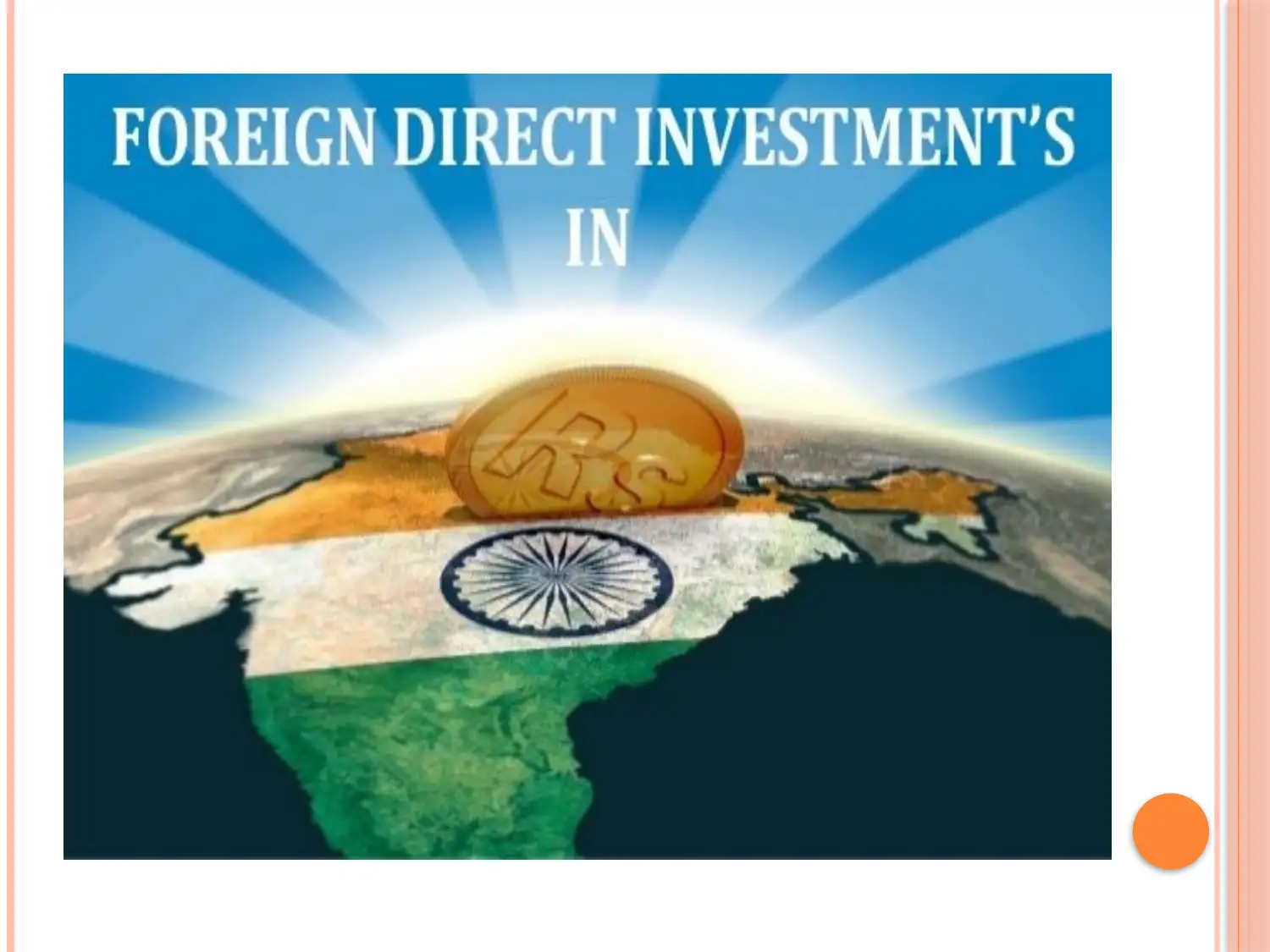






![[object Object]](/_next/static/media/star-bottom.7253800d.svg)